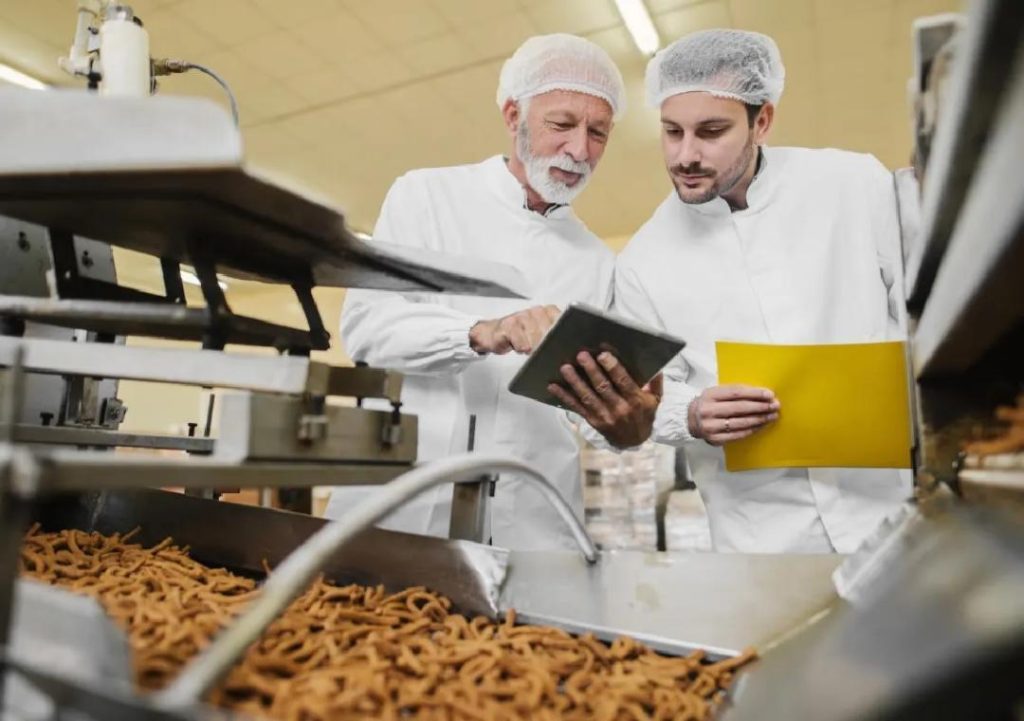
Can P&L Optimisation Redefine Success in Food Technology?
The food technology industry is a dynamic and competitive space, with companies constantly striving to stay ahead of the curve and achieve success. In recent years, one key area that has gained significant attention is Profit and Loss (P&L) optimisation. By streamlining P&L operations, food tech companies can improve profitability, reduce waste, and make better decisions. In this blog post, we’ll explore the importance of P&L optimisation in the food technology industry and how it can redefine success for businesses in this space.
Why is P&L Optimisation Important in Food Technology?
In the food technology industry, P&L optimisation is crucial because of the unique challenges that companies face. From supply chain disruptions to fluctuations in demand, food tech businesses must navigate a complex landscape to remain profitable. P&L optimisation helps companies to:
- Reduce waste: By streamlining inventory management and reducing overproduction, food tech companies can save money and reduce waste.
- Sharpen demand forecasting: P&L optimisation tools help companies to better predict demand, allowing them to adjust production and inventory accordingly.
- Support better decisions: With accurate financial data and insights, food tech companies can make informed decisions about pricing, production, and investment.
The Benefits of P&L Optimisation in Food Technology
By implementing P&L optimisation strategies, food tech companies can achieve significant benefits, including:
- Improved profitability: By reducing waste and improving demand forecasting, food tech companies can increase their profitability.
- Increased efficiency: P&L optimisation tools can streamline operations, reducing the time and resources required to manage inventory and production.
- Better decision-making: With accurate financial data and insights, food tech companies can make informed decisions about investment and growth.
- Competitive advantage: By adopting scalable models and streamlining P&L operations, food tech companies can differentiate themselves from competitors and stay ahead of the curve.
How to Achieve P&L Optimisation in Food Technology
So, how can food tech companies achieve P&L optimisation? Here are some strategies to consider:
- Automate P&L operations: Implementing automation tools can help to streamline P&L operations, reducing the time and resources required to manage inventory and production.
- Implement smart inventory systems: Smart inventory systems can help food tech companies to better manage inventory and reduce waste.
- Leverage data analytics: Data analytics can provide insights into financial performance, allowing food tech companies to identify areas for improvement and make informed decisions.
- Adopt scalable models: By adopting scalable models, food tech companies can adapt to changes in demand and stay competitive in the market.
Real-Life Examples of P&L Optimisation in Food Technology
Several food tech companies have achieved success through P&L optimisation. For example:
- Food startup, MealPal, achieved a 25% reduction in costs by streamlining P&L operations and implementing smart inventory systems.
- Food delivery company, Uber Eats, reduced waste by 15% by implementing automation tools and leveraging data analytics.
- Meal kit delivery service, HelloFresh, increased profitability by 20% by adopting scalable models and streamlining P&L operations.
Conclusion
P&L optimisation is a critical component of success in the food technology industry. By streamlining P&L operations, food tech companies can improve profitability, reduce waste, and make better decisions. By adopting scalable models and leveraging automation, smart inventory systems, and data analytics, food tech companies can stay competitive and achieve long-term success. As the industry continues to evolve, it’s essential for food tech companies to focus on P&L optimisation to remain ahead of the curve.
Source:
https://www.growthjockey.com/blogs/p-and-l-operations-in-food-tech






